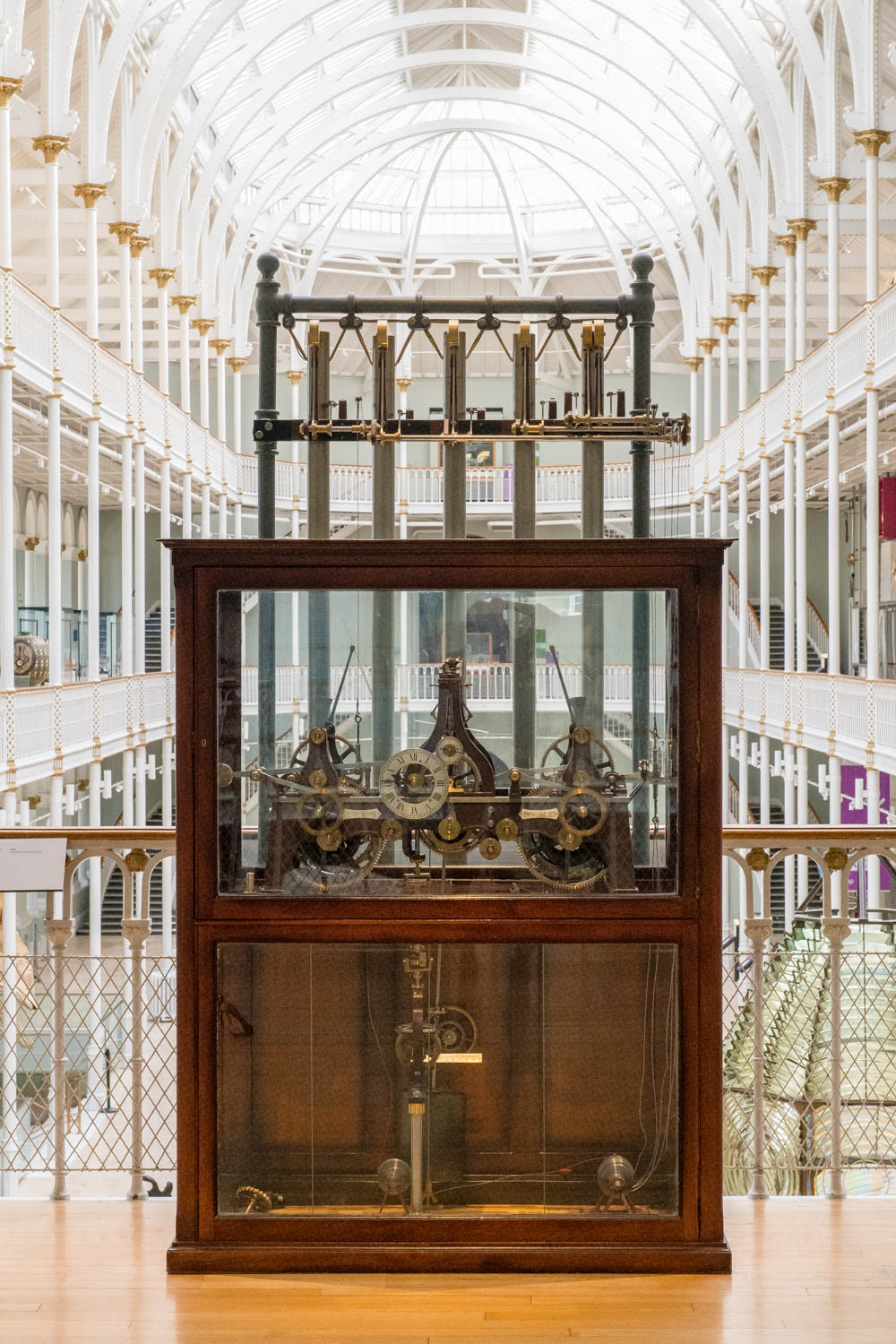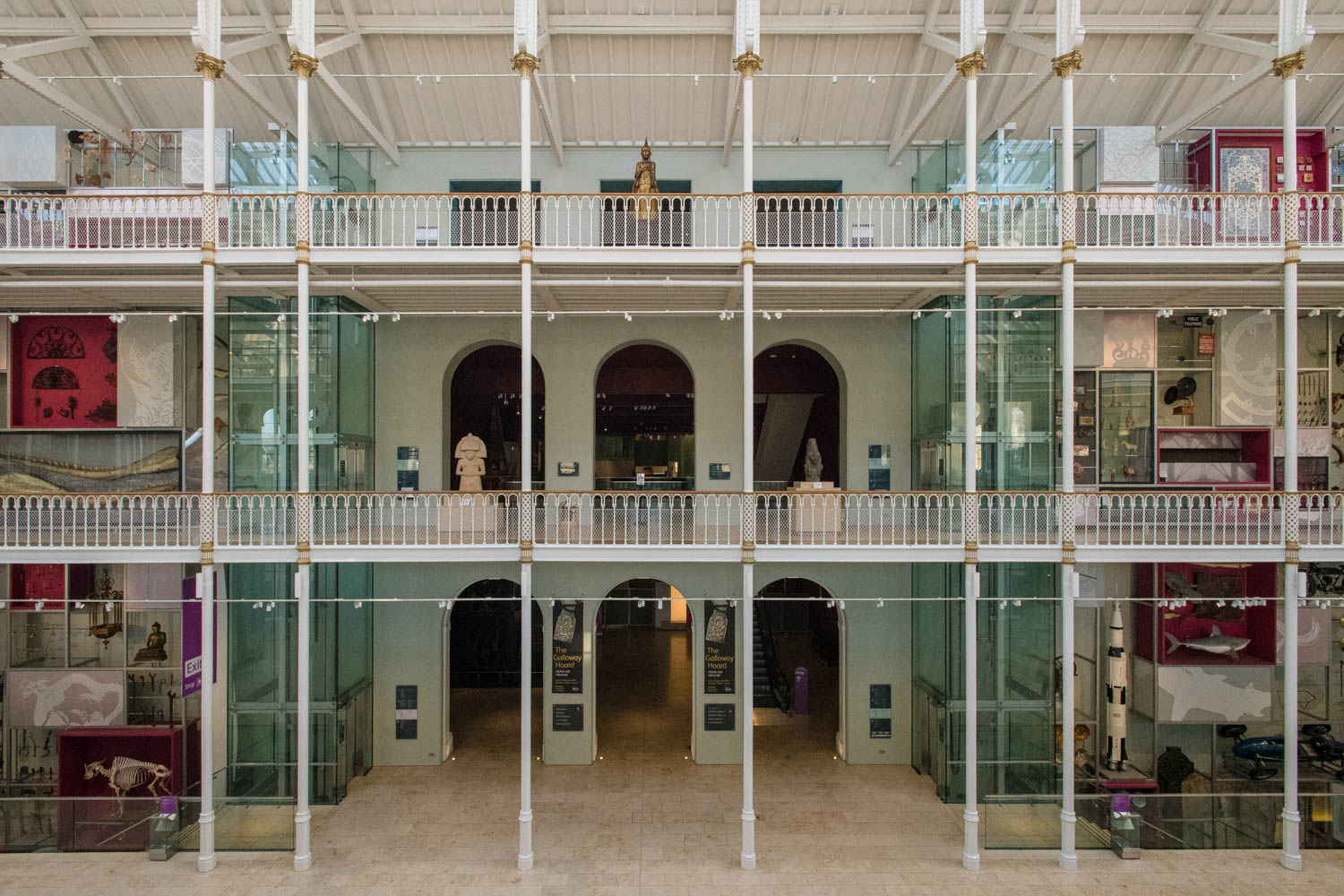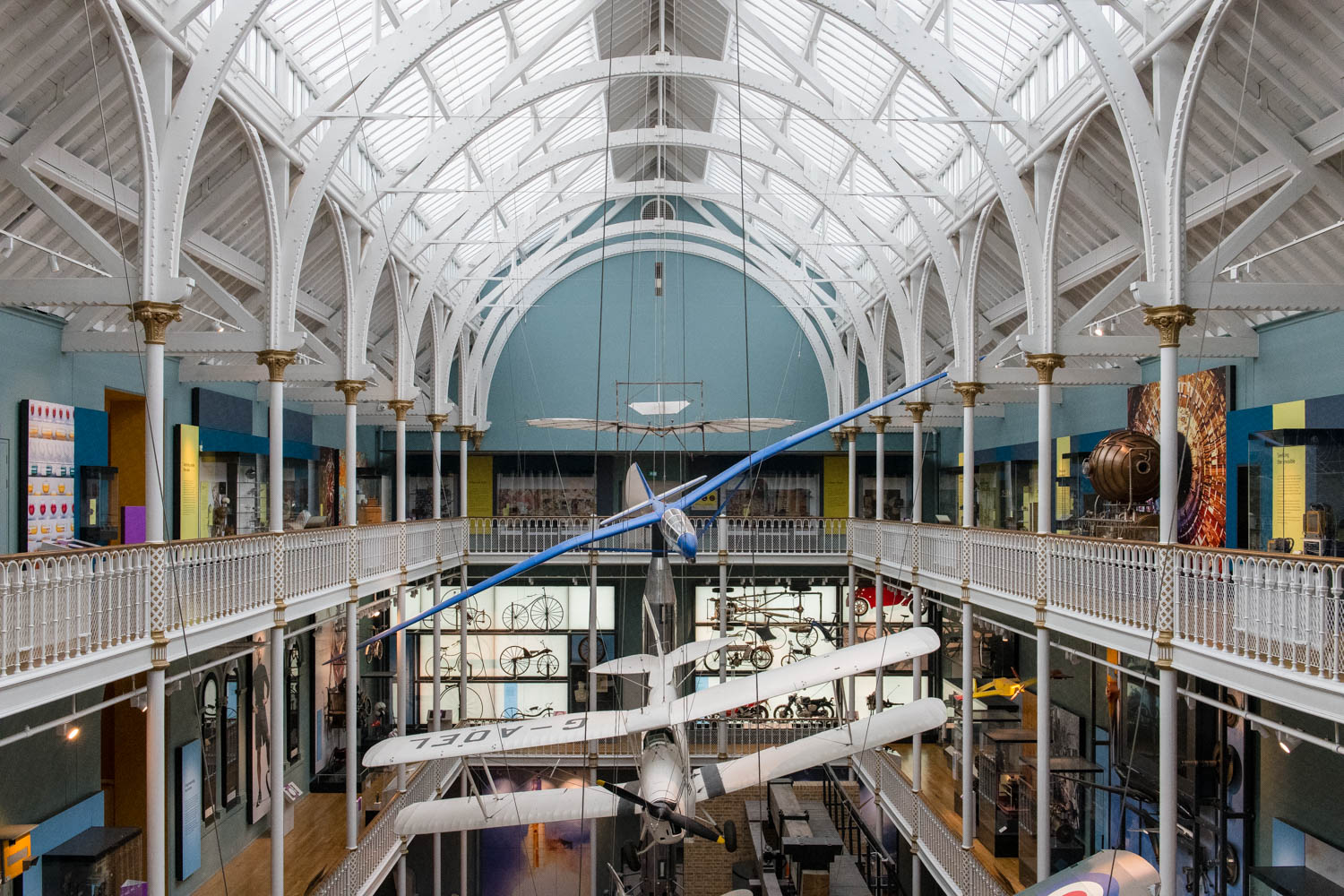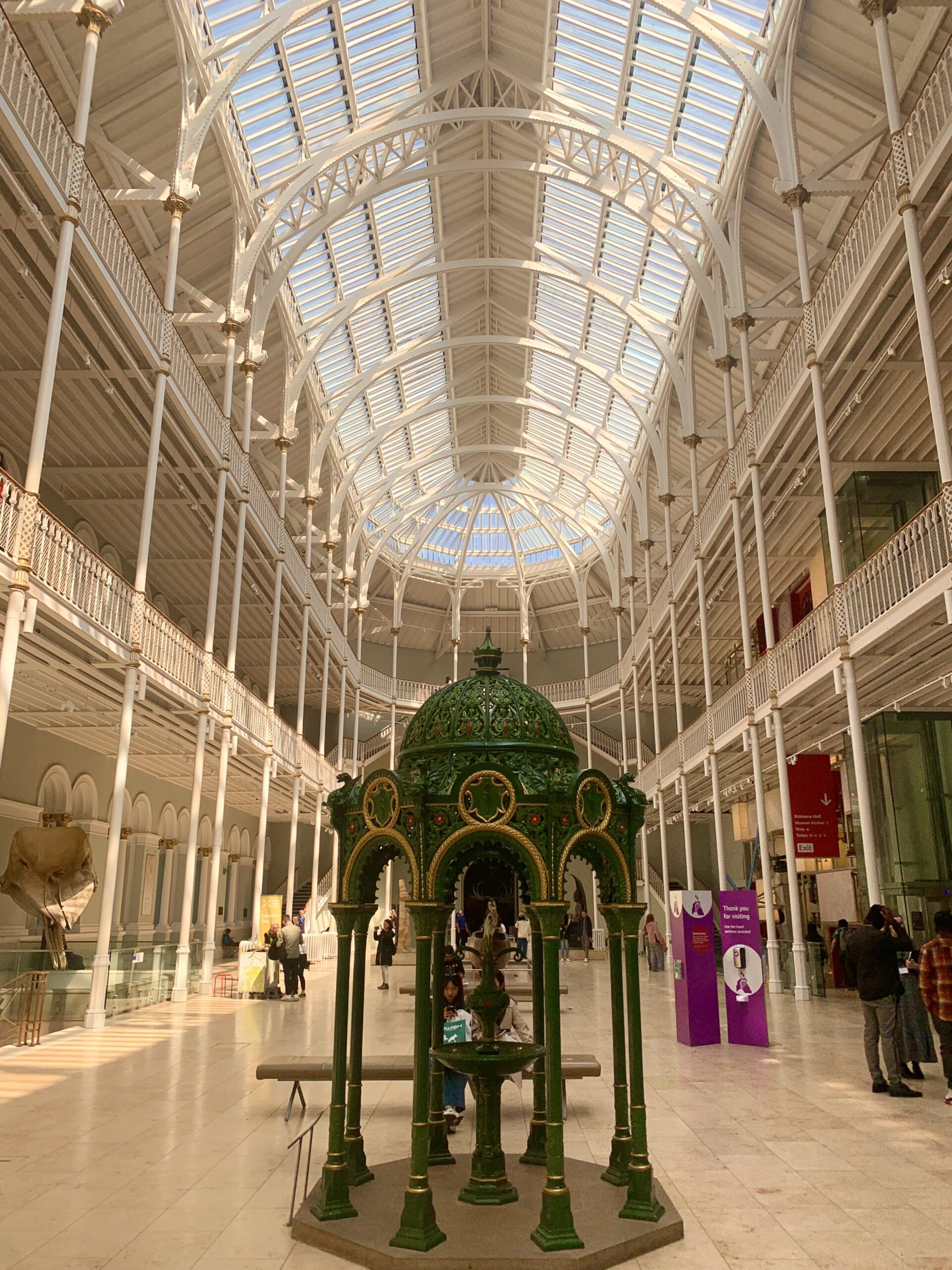Funen, Denmark
Egeskov Castle
This floating castle appears to be from an enchanted fable, but in actuality it is Europe's best preserved Renaissance water castle.

Photo Credit: Accidentally Wes Anderson

Photo Credit: Accidentally Wes Anderson

Photo Credit: Accidentally Wes Anderson

Photo Credit: Accidentally Wes Anderson

Photo Credit: Accidentally Wes Anderson

Photo Credit: Katherina Z.
Partner

This magnificent light-filled atrium is the grand entrance to a museum dedicated to all things Scotland, but don’t be fooled – or fowled for that matter – as the museum has been known to play tricks on their visitors. With gold topped columns and a white cast iron frame, the inviting space shares the storied history of the Scottish people and their country, and at times, a caper or two courtesy of the museum staff.
The Grand Gallery, designed by Captain Francis Fowke and Rober Matheson, was completed in 1866, taking inspiration from London’s very own Crystal Palace. This exquisite interior allows for leisurely jaunts along multiple tiers of gallery spaces, and curious pieces to point out if conversation between patrons runs dry.
This vast museum is actually the result of the merging of two older institutions, the Museum of Scotland, and the Royal Scottish Museum (which has had its own re-branding a few times in its short history). With both museums now under one banner, visitors not only can enjoy the tales of how Scotland came to be, but also experience exhibitions on natural history, industry, and the sciences.
While the industrial machinations you find on the premises may be well mannered, museum staff have been known to be a little more mischievous. The museum has taken part in a few hilarious hijinks on April Fool’s Day – also known as Huntigowk Day in Scotland. The name comes from the phrase “hunting a gowk,” meaning a messenger who is sent on a fool’s errand with a letter requesting the recipient send them to another recipient until the poor errand runner realizes they have been deceived.
In this playful spirit, the Royal Scottish Museum in 1975 displayed an exhibit on the Bare-Fronted Hoodwink, a bird known for being able to be “almost seen.” Patrons were treated to multiple blurry photos of what appeared to be birds flying away, along with a skeleton model of the Hoodwink that was created using the head of a crow, the body of a plover, and the feet of an unknown waterfowl.
While museum attendees may have had difficulty spotting that satirical species, we actually documented a sighting of the bird while sifting through the museum’s gallery–or so we think. We’re merely amateurs when it comes to bird watching, which upon further reading, have the best chance of spotting the fickle fowl.
Written By: Seamus McMahon
Looking to read more about this area of the world? This location exists in a guide:
Check out our Scotland Guide 55.9469995, -3.1905666
55.9469995, -3.1905666
Need an account? Sign up
This site is protected by reCAPTCHA and the Google Privacy Policy and Terms of Service apply.